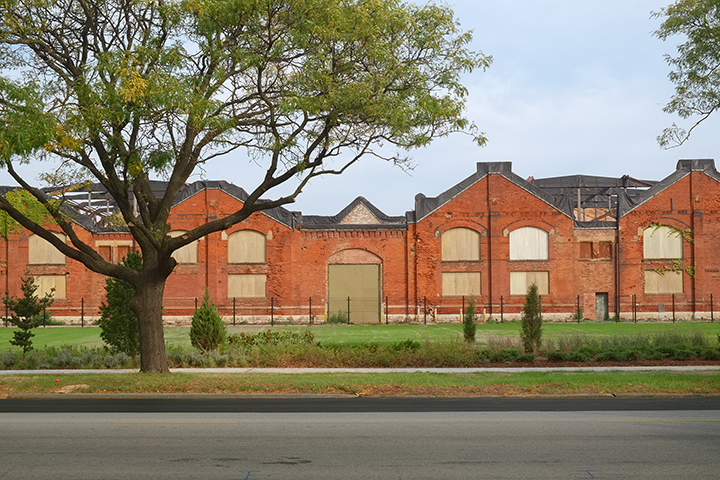
Pullman Strike origin site
Chicago, IL, May-July 1894
The Pullman Company built a company town surrounding its factory in Chicago that provided housing for all its employees, deducting rent from workers’ paychecks. In response to a downturn in the economy in 1893, the company lowered wages without lowering rents charged to the employees. The workers felt they were being squeezed in two directions economically by Pullman and went on strike. This quickly spread to a national rail-workers boycott that shut down most rail traffic west of the Mississippi river.
President Cleveland then ordered US Marshalls and the US Army to stop the strike and get the trains moving once again. The violence that followed resulted in the deaths of approximately 70 strikers and property damage of over $80 million.
It was a stinging defeat for the American Railway Union.
As an act of conciliation towards labor, congress passed legislation designating Labor Day a national holiday six days after the strike was over.

